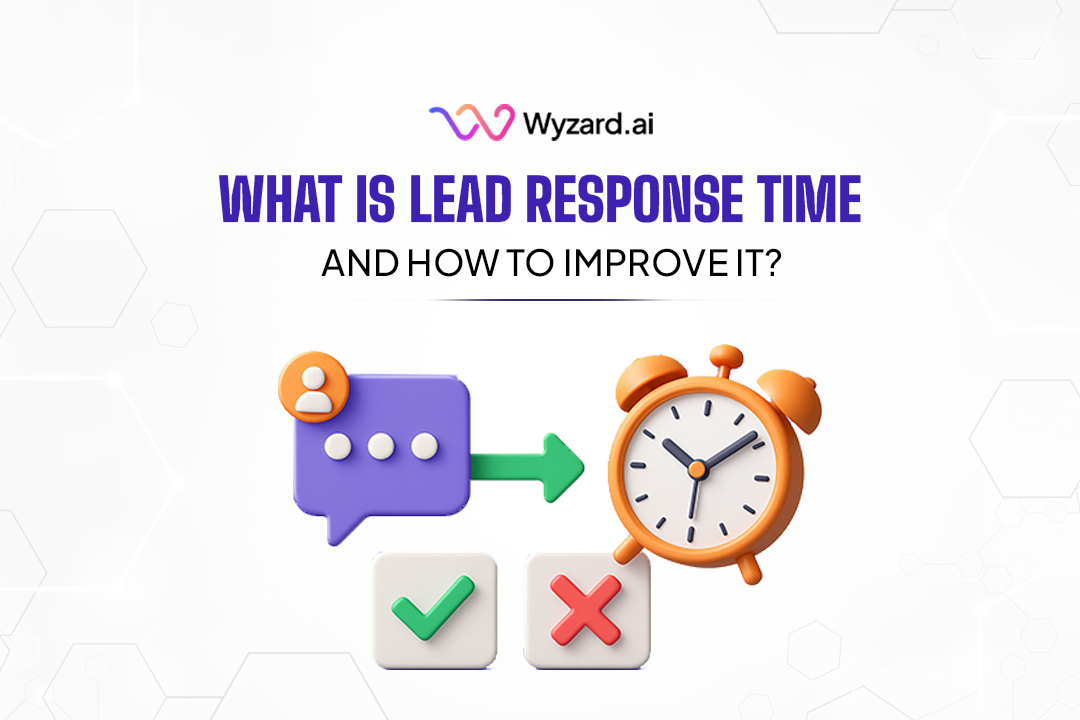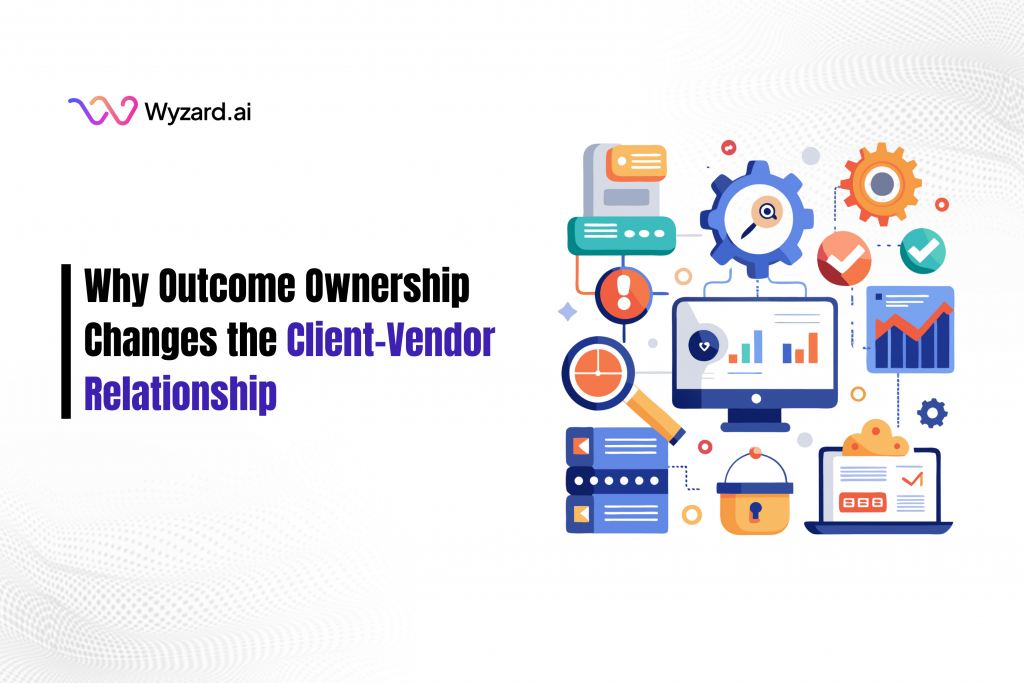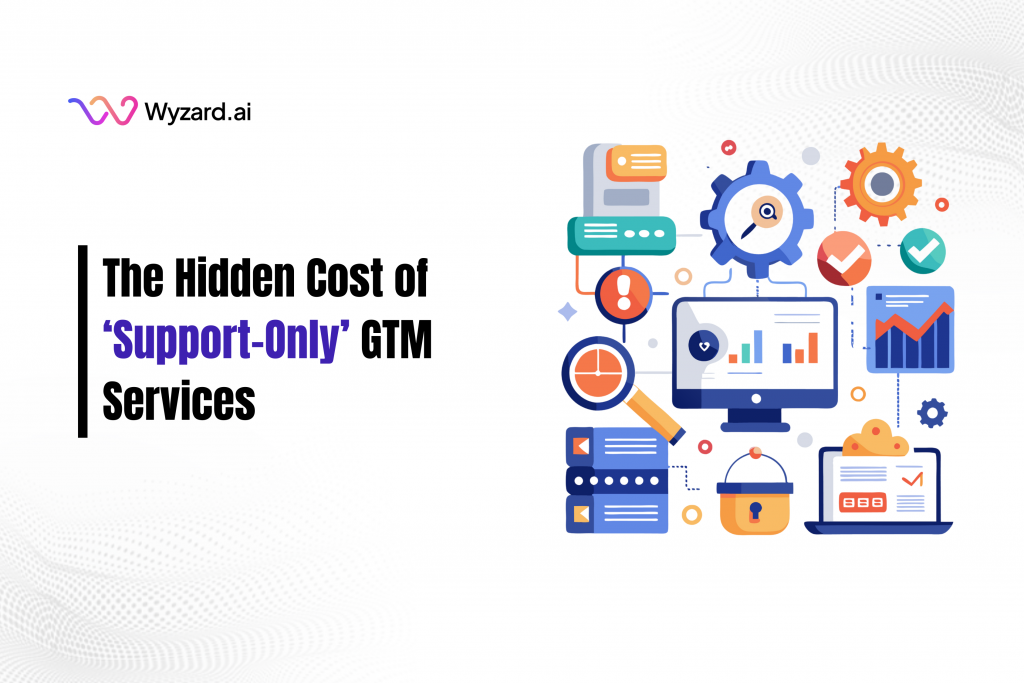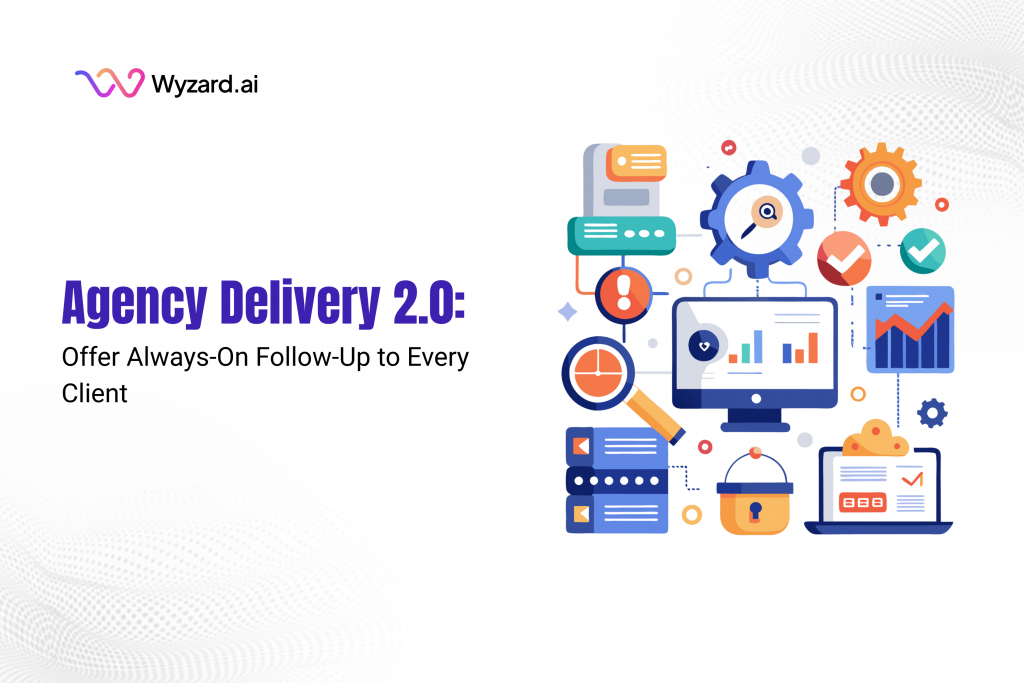A CMO signs a new GTM contract with high expectations. The tools look strong. The roadmap feels solid. The ...
What is Lead Response Time and How To Improve It? Dos & Don’ts


Subscribe Now
For many SaaS companies, inbound leads are the lifeblood of growth. Yet, with increasingly complex buyer journeys and high volumes of potential customers, responding quickly is a challenge. In this article, we unpack why lead response speed directly impacts your pipeline and how to fix the gaps slowing you down. Whether you’re a CMO, a GTM team leader, or a marketing operations professional, understanding and improving your lead response time can make all the difference in capturing high-quality leads and accelerating your sales pipeline.
What is Lead Response Time?
At its core, lead response time is the duration between when a potential customer first reaches out (or shows interest via a website form, demo request, or similar action) and when a business initiates a response. This metric, sometimes referred to as “speed to lead,” is crucial because a quick response not only shows attentiveness but also sets the stage for converting leads into customers.
Key points:
- Start Point: The clock begins when a lead expresses interest, whether it’s filling out a form, chatting live, or sending an email inquiry.
- End Point: It stops when a team member (or an automated system) responds.
- Metric of Success: Faster response times have consistently been linked to higher conversion rates and more meaningful customer engagements.
For SaaS companies, where multiple teams and channels can be managing incoming inquiries, synchronizing your approach to reduce delays is vital.
Why Lead Response Time Matters in B2B SaaS
Improved lead response management isn’t just about speed, it’s about efficiency, improved user experience, and ultimately, conversion rates. Consider these points:
- Higher Conversion Rates: Research consistently suggests that leads contacted within the first five minutes are significantly more likely to convert into customers than those approached later.
- Enhancing Buyer Experience: A rapid response shows that your business values its prospects. This builds trust and encourages more interactive, meaningful conversations.
- Competitive Advantage: In a market where the average B2B response time can range from 42 to 47 hours, and many companies take even longer, responding in minutes—not hours—gives you an edge most competitors still lack.
- Optimized Lead Qualification: A fast, efficient follow-up not only keeps leads engaged but also helps to quickly qualify inbound prospects, ensuring that your sales team spends time on the most promising opportunities.
Challenges in Lead Response Management
Many SaaS marketers struggle with maintaining speed and consistency throughout their lead response processes. Some of the common challenges include:
- Relying on manual lead distribution and qualification can lead to significant delays. With some companies taking up to 5+ days to reach a potential customer, high-intent leads often slip through the funnel.
- When sales and marketing aren’t seamlessly integrated, the handoff from marketing qualified leads (MQL) to sales qualified leads (SQL) can become disjointed.
- Relying solely on human responsiveness can create bottlenecks, especially outside of regular business hours.
- Not all leads are equal. Without a system to prioritize leads based on engagement or intent, your sales team might be overwhelmed by volume and miss out on high-potential opportunities.
Addressing these challenges requires a clear strategy and the right tools, and this is where automation and intelligent software platforms come into play.
Strategies to Improve Lead Response Time
Improving lead response time and managing your inbound leads efficiently is achievable through several strategies. Here are some actionable tips:
Leverage Automation and CRM Technology
- Use CRM systems capable of routing new leads to the correct team member automatically. This will ensure that leads are immediately seen by someone who can address their needs.
- Deploy agentic AI tools, like Wyzard Marketing Copilot, to engage high-intent prospects across all channels – website, email, and more. The marketing copilot holds personalized conversations, captures key qualifiers, and routes leads in real time, ensuring no opportunity slips through the cracks.
- Implement notifications that immediately alert your team when a new lead comes in, so no opportunity sits idle.
Prioritize High-Potential Leads
- Not every inquiry is a buyer ready to purchase. Use tools that automatically score leads based on their engagement signals and intent, ensuring that your sales team focuses on the highest-value prospects.
- Although our focus is on inbound channels, consider engaging leads across multiple touchpoints such as live chat, email, and even in-app messaging. A coordinated approach can accelerate the lead journey further.
Personalize and Follow Up Consistently
- While automation is useful, balancing it with personalization is key. Providing contextually aware responses helps to build trust with potential buyers.
- Don’t rely on one single engagement. A structured follow-up strategy that nurtures leads over time is crucial in converting interest into sales.
Train Your Team for Quick Responses
- Mobile Accessibility: Equip your sales team with mobile tools so they can respond instantly, even when away from their desks.
- Regular Performance Reviews: Analyze your response times weekly or monthly, and adjust processes based on what the data tells you. For instance, if data shows that response times during certain periods are slower, realign shifts or set up automated messaging to cover those gaps.
How Wyzard.ai Enhances Inbound Lead Response Management
At Wyzard.ai, we’ve built our platform to tackle the very challenges that hinder efficient lead response. Our product isn’t just another automation tool, it’s an inbound-only marketing copilot built specifically for SaaS companies.
Here’s how Wyzard.ai transforms your lead response management:
Real-Time, Agentic Conversations
- Our AI chatbots are designed to engage website visitors as soon as they land on your site. This means high-intent leads are captured immediately, reducing bounce rates and keeping prospects engaged.
- Unlike traditional systems that rely on human availability, Wyzard.ai copilot is always on. This ensures that your high-value leads receive a timely response, regardless of when they visit your site.
Intelligent, Personalized Email Responses
- With our AI-generated personalized email responses, your prospects receive relevant and thoughtful follow-ups, making them more likely to move further down the sales funnel.
Buyer Signal Intelligence
- Wyzard.ai captures every interaction from site clicks to email opens, so your team sees the full intent picture, not just form fills. This helps prioritize leads and boost sales efficiency.
Prospect Enrichment Without Friction
- Our platform gathers essential lead data in the background—no lengthy forms required. This reduces friction early in the lead interaction, leading to better segmentation and a smoother qualification process.
Customizable Agents with Brand Consistency
- Wyzard.ai allows you to customize your agents so that they speak in your brand’s tone and personality. This ensures that every interaction feels consistent with your brand identity, building trust and credibility right from the start.
Best Practices for Efficient Lead Response
Implementing the right strategies can drastically improve your lead response management. Here’s a bullet list of best practices to keep your process running at peak performance:
- Implement CRM & Automation Solutions: Set up a system that automatically routes leads to the correct team member.
- Use AI-driven Tools: Integrate AI chatbots and personalized email automation to engage leads instantly.
- Establish Clear Response Time Goals: Aim for a response within five minutes for the highest conversion potential.
- Prioritize Leads: Use lead scoring systems to ensure that the most engaged prospects receive immediate attention.
- Train Your Team: Ensure your team is equipped with mobile tools and clear processes to maintain a rapid response stance.
- Regular Analytics & Feedback: Monitor lead response times on a regular basis and adjust your strategies based on data insights.
By integrating these practices into your workflow, your SaaS company can reduce response delays, qualify leads faster, and drive an overall increase in sales pipeline efficiency.
Conclusion
Improving lead response time is not just about faster replies, it’s about creating a seamless, engaging, and efficient customer journey. For B2B SaaS companies, shortening the delay between inquiry and response can significantly increase conversion rates and provide a competitive edge.
Using strategies like automation, real-time alerts, prioritization, and intelligent lead scoring, your team can transform a slow manual process into a swift, streamlined operation. Wyzard.ai’s inbound-only approach, powered by agentic conversations, personalized emails, and robust buyer signal intelligence, addresses these challenges head-on. It ensures that every potential lead is met with an immediate, tailored response, reducing friction and accelerating your growth.
Ready to boost your inbound performance and optimize your lead response management? Visit Wyzard.ai now.
FAQ
Lead response time is the time interval between a potential customer’s initial inquiry and the first response from your business. Faster response times generally result in higher conversion rates.
Quick responses build trust, improve the quality of conversations, and prevent high-intent leads from losing interest. In a competitive market, reducing response times can be a key differentiator for driving sales.
When leads are engaged quickly, preferably within the first five minutes—they are significantly more likely to convert. Timely follow-up improves lead qualification and helps sales teams focus on the most promising prospects.
Wyzard.ai automates inbound lead engagement with real-time AI-driven conversations and personalized email responses. Its buyer signal intelligence and prospect enrichment features ensure that no lead goes unnoticed, enabling a seamless transition from inquiry to sale.
Best practices include using CRM automation, integrating AI tools, setting clear response targets (ideally within five minutes), prioritizing leads with scoring systems, training your team for mobile responsiveness, and continuously monitoring performance metrics to identify gaps.
Other blogs
The latest industry news, interviews, technologies, and resources.
The Hidden Cost of GTM Execution: Why GTM execution gaps Stall Revenue
A CMO approves a GTM initiative that looks solid on paper. The tools are live. The workflows exist. Support ...

Agency Delivery 2.0: Offer Always-On Follow-Up to Every Client
Most agencies are great at launching campaigns. The kickoff is sharp, the messaging is solid, and early results look ...

 We’ve secured funding to power Signal-to-Revenue AI to GTM teams globally. →
We’ve secured funding to power Signal-to-Revenue AI to GTM teams globally. →


